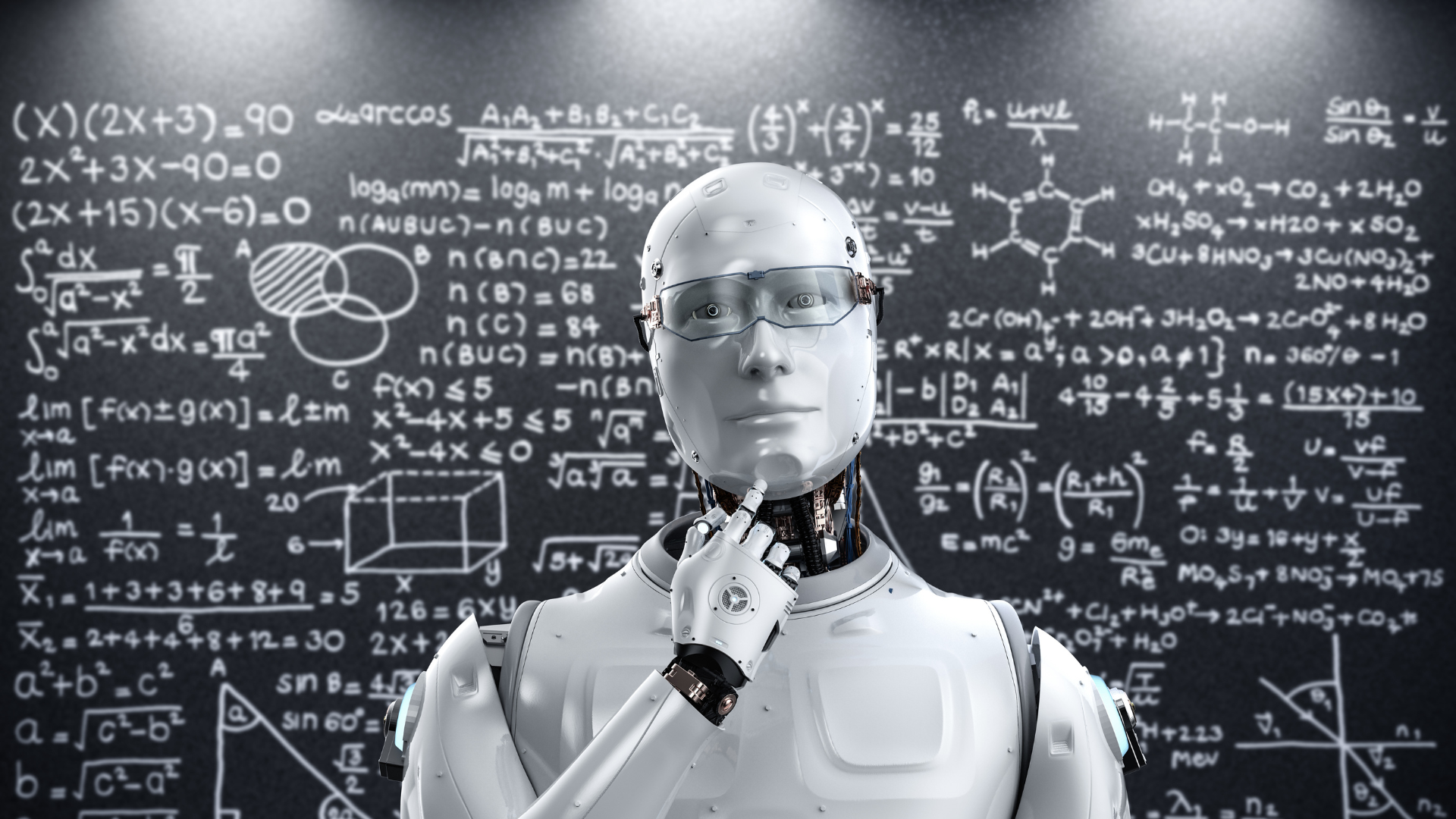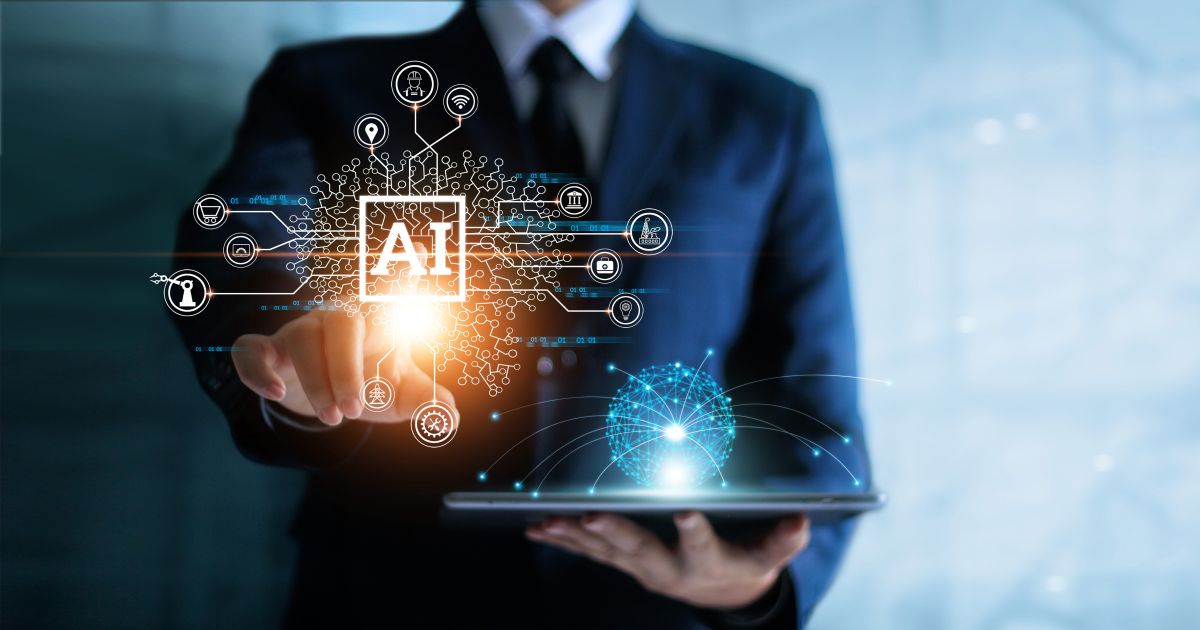2023-12-13
Understanding the Vital Differences Between AI, Machine Learning, and Deep Learning
In today’s technological landscape, the terms Artificial Intelligence (AI), Machine Learning (ML), and Deep Learning (DL) often intermingle, leading to confusion about their precise meanings and distinctions. While these concepts are interconnected, they represent distinct facets within the realm of intelligent systems.
Artificial Intelligence (AI)
AI stands as the overarching field dedicated to creating machines or systems that can mimic human intelligence. It encompasses a broad spectrum of applications, techniques, and approaches aiming to simulate human cognition to perform tasks traditionally requiring human intelligence. AI systems can learn from experiences, adapt to new information, and execute tasks autonomously.
Machine Learning (ML)
Machine Learning is a subset of AI that focuses on enabling machines to learn patterns, make decisions, and improve their performance without explicit programming. ML algorithms enable systems to learn from data, recognize patterns, and make predictions or decisions. It involves training models on datasets to identify correlations and make inferences, subsequently enhancing performance through iterative learning.
Deep Learning (DL)
Deep Learning represents a subset of Machine Learning that involves artificial neural networks with multiple layers (hence “deep”) capable of learning intricate representations of data. Deep Learning algorithms attempt to model high-level abstractions in data by utilizing complex architectures, such as convolutional neural networks (CNNs) and recurrent neural networks (RNNs). It excels in tasks like image and speech recognition, natural language processing, and more, by processing large volumes of data.
Key Differences

Scope and Breadth
AI encompasses the broader concept of creating intelligent systems, whereas Machine Learning and Deep Learning are specific subsets dedicated to learning and making inferences from data.
Dependency on Data
Machine Learning and Deep Learning heavily rely on data for learning patterns, whereas AI can operate on predefined rules or algorithms without a substantial need for continuous data input.
Algorithm Complexity
While Machine Learning uses various algorithms to train models, Deep Learning specifically involves intricate neural network architectures with multiple layers, requiring substantial computational power.
Applications
Machine Learning finds applications in diverse domains like recommendation systems, fraud detection, and predictive analytics. DL, with its complex neural networks, excels in tasks involving unstructured data like images, audio, and text analysis.
In summary, AI serves as the broader domain encompassing both Machine Learning and Deep Learning, where Machine Learning focuses on learning patterns from data, and Deep Learning utilizes sophisticated neural networks to process complex information.
Understanding these distinctions is crucial in leveraging these technologies effectively, considering their applications and the specific requirements of different use cases.
By grasping the nuances between AI, Machine Learning, and Deep Learning, businesses and developers can harness the right tools and techniques to drive innovation and address complex challenges across various industries.
If you have questions or are looking for guidance on how Machine Learning or Deep Learning technologies can improve your business, our consultants at htss are here to help.




